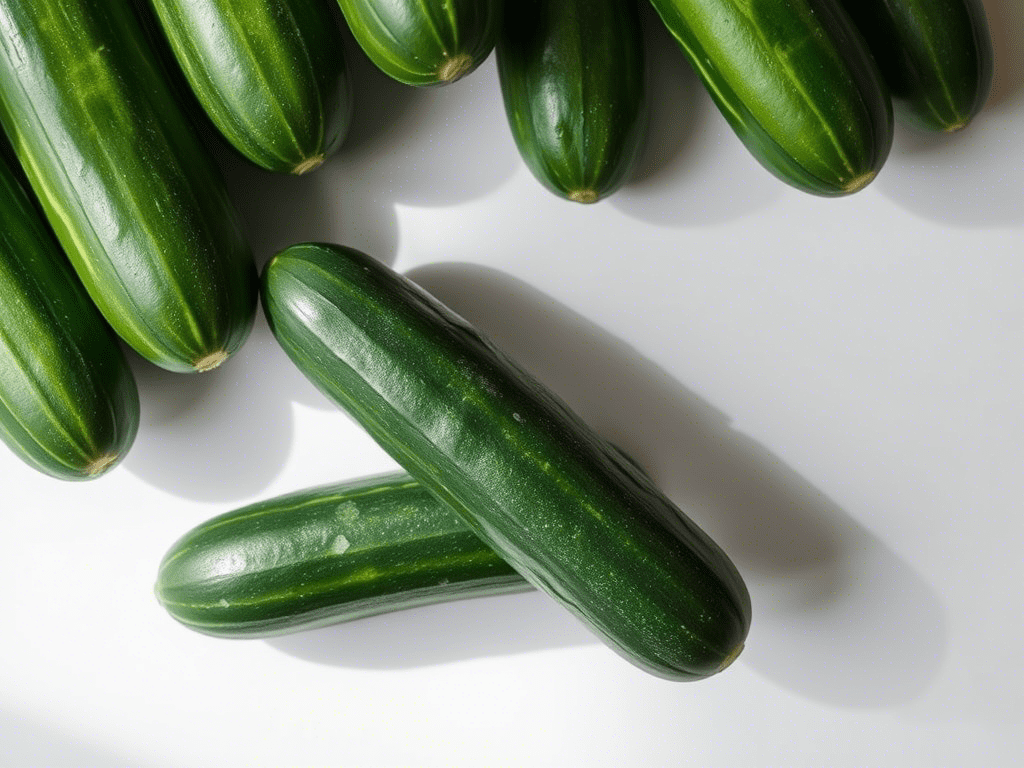Top 5 Facts About the Urgent Cucumber Recall & Salmonella Outbreak
A Nationwide Cucumber Recall Is Making Headlines
If you’ve recently picked up cucumbers at your local store, it might be time to double-check. A major cucumber recall is underway due to a potential salmonella contamination, raising food safety concerns across the U.S.
Why It Matters
Recalled cucumbers have already been linked to cases of foodborne illness. While cucumbers are a staple in many homes, this recent scare is a reminder that even healthy produce can carry hidden risks. Understanding what’s happening — and what to do about it — is essential.
What You’ll Learn
In this article, we’ll explore the details of the recall, which batches were affected, how salmonella cucumbers can make people sick, and what steps you should take if you’ve purchased these items. This cucumber recall update is everything you need to stay safe and informed.
Table of Contents
What Is the Cucumber Recall About?
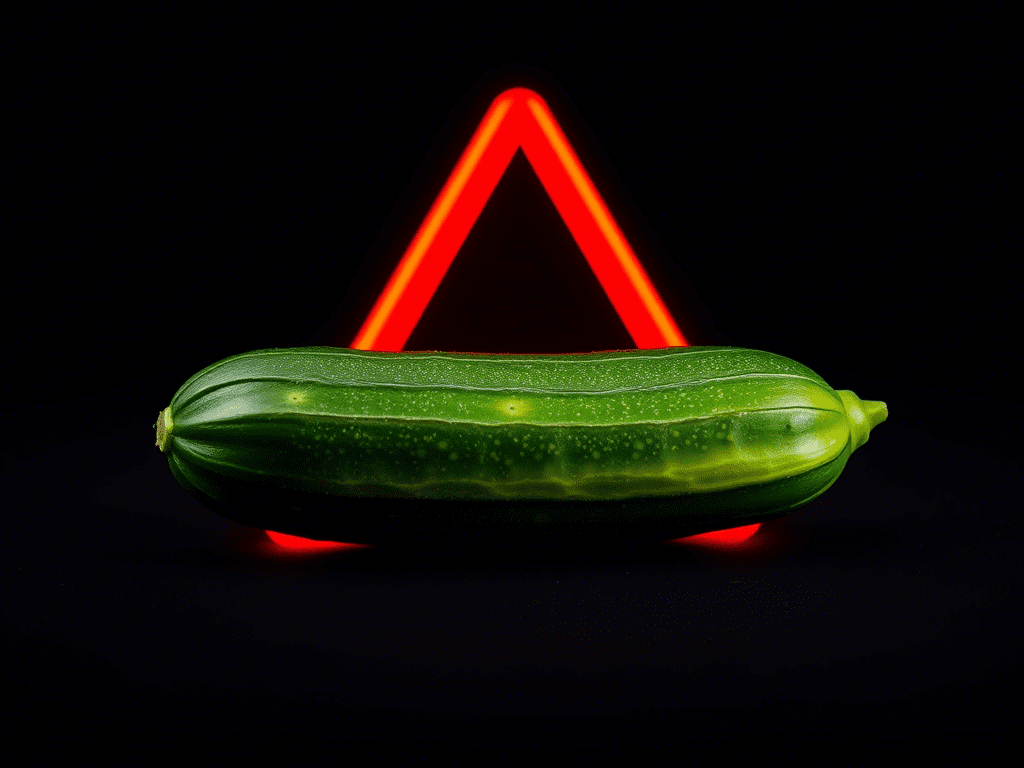
The ongoing cucumber recall stems from routine food safety testing that revealed the presence of salmonella bacteria in certain batches of fresh cucumbers. The grower issued the recall voluntarily, working closely with the FDA to notify retailers and consumers as quickly as possible.
While not all cucumbers are affected, the recalled cucumbers were distributed widely to grocery stores and wholesale suppliers across multiple states. In some cases, these products may still be in home refrigerators or served in restaurants, raising the potential for unintentional consumption.
This situation serves as a strong reminder of how vulnerable fresh produce can be to contamination. Unlike processed foods, cucumbers and other vegetables often go straight from farm to table with minimal cooking — making outbreaks like this more dangerous when cucumber salmonella is involved. Staying informed about such recalls helps consumers make smarter, safer food choices.
Affected Batches & Distribution
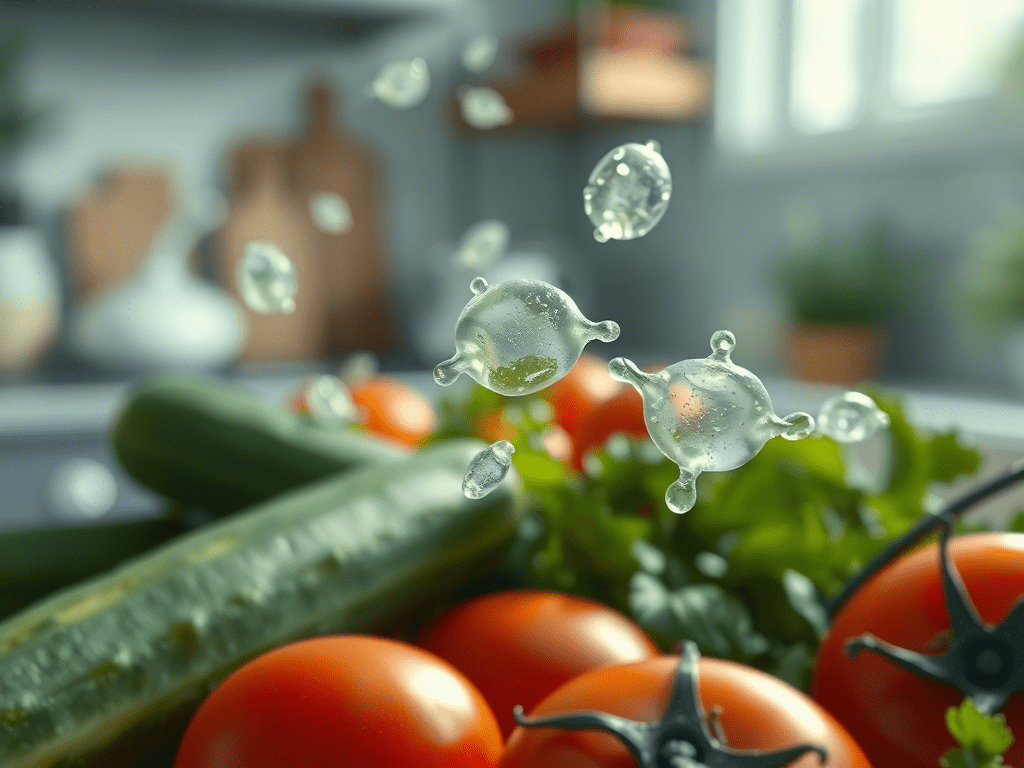
According to the latest cucumber recall update issued by the FDA, the affected cucumbers were distributed between April 29 and May 19, 2025, across several U.S. regions, including the East Coast, Southeast, and parts of the Midwest. These cucumbers were grown by Bedner Growers, Inc. and distributed by Fresh Start Produce Sales, Inc. U.S. Food and Drug Administration+8CDC+8U.S. Food and Drug Administration+8U.S. Food and Drug Administration+15U.S. Food and Drug Administration+15Real Simple+15
The recalled cucumbers were sold in bulk or clear plastic packaging without individual branding, making it difficult for consumers to determine whether their cucumbers are part of the recall. If you’ve recently bought cucumbers—especially those without a brand or barcode—it’s safest to dispose of them.
Some cucumbers may have also reached food service providers, including restaurants and cafeterias, expanding the potential exposure beyond just home kitchens. Officials are currently advising consumers to contact their local grocery stores or refer to online FDA resources for more detailed recall information.
While the investigation continues, the number of states impacted may increase. Stay informed by checking for updates directly from FDA sources and news outlets tracking this salmonella cucumber case. For now, avoid consumption unless you’re certain your cucumbers are not among those recalled.
Understanding Salmonella in Produce
Salmonella is a type of bacteria responsible for thousands of foodborne illness cases each year. While it’s commonly linked to undercooked poultry or eggs, outbreaks involving produce — especially items like cucumbers — have become increasingly frequent in recent years.
The bacteria can contaminate vegetables during harvesting, processing, or even transportation. It often spreads through contact with contaminated water, soil, or unsanitized handling equipment. In the case of the current cucumber recall, early reports suggest cross-contamination during the packaging phase could be the source.
Once ingested, salmonella cucumbers can trigger symptoms like nausea, diarrhea, abdominal cramps, chills, and fever — often appearing within 6 to 72 hours. Although most healthy individuals recover on their own in a few days, some may require hospitalization, especially those with pre-existing conditions or compromised immune systems.
One major concern is that cucumbers are almost always consumed raw. Unlike meats, there’s no heat involved to eliminate bacteria, making thorough washing and awareness of recalls even more crucial. Following this cucumber recall update and staying informed through trusted sources like the CDC or FDA helps you take proactive steps toward food safety.
Cucumber Recall Update: What’s New?
Since the initial announcement, the cucumber recall update has continued to develop. Recent lab analyses have confirmed the presence of salmonella in multiple samples collected not only from distribution centers but also from retail locations. This has prompted the FDA to extend its monitoring and increase communication with food suppliers nationwide.
Health officials are now working with producers, shippers, and retailers to trace the full supply chain, aiming to identify any additional contamination points. The recall, originally affecting select regions, may soon include more areas if new evidence emerges. If you’ve purchased cucumbers recently — especially bulk or unlabeled varieties — it’s best to avoid consuming them until more is known.
The FDA has also issued guidelines for stores and food service businesses to sanitize storage containers and shelves that may have come into contact with the recalled cucumbers. Meanwhile, the CDC is monitoring reported cases of salmonella infection to assess the outbreak’s reach and severity.
Investigations are also exploring whether any cross-contamination may have occurred with nearby produce items during packaging or transport. Although no additional recalls have been announced at this time, more updates are expected in the coming days. Stay informed through the FDA’s official outbreak page, which provides the latest recall details and health recommendations.
Who Is at Risk?
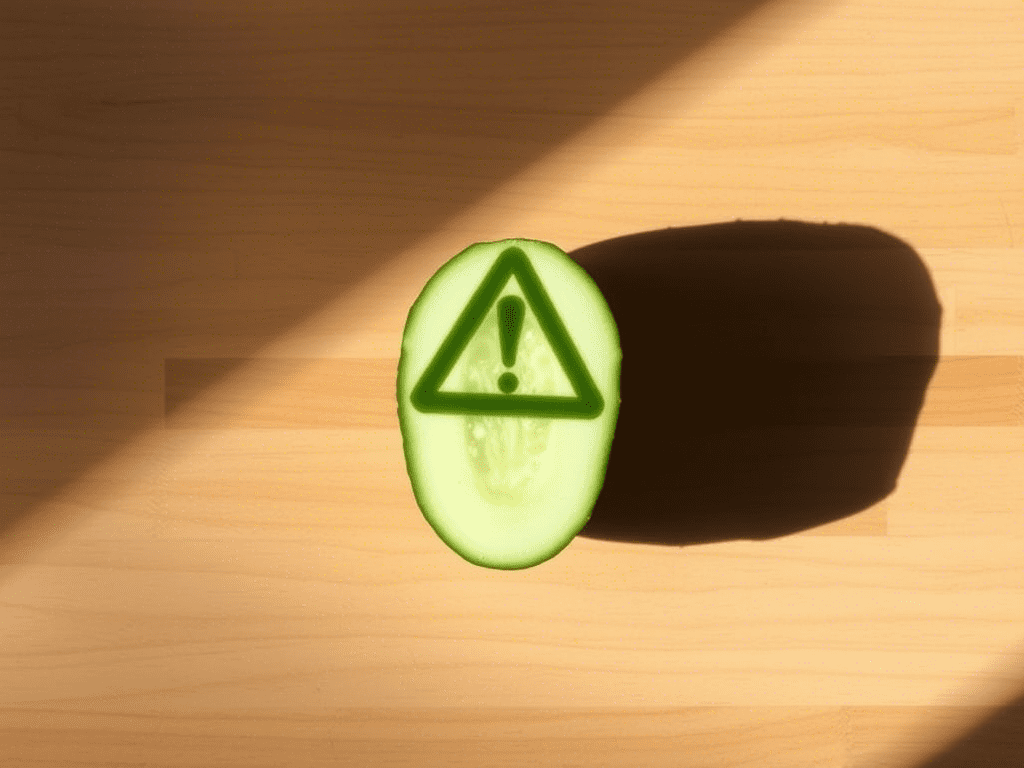
While salmonella infections can affect nearly anyone, certain groups are particularly vulnerable to more severe outcomes. Infants, young children, pregnant women, older adults, and individuals with weakened immune systems — such as those undergoing chemotherapy or living with chronic illnesses — face higher risks of serious complications.
In these populations, a salmonella cucumber infection may cause not just intense gastrointestinal discomfort but also life-threatening symptoms like prolonged diarrhea, severe dehydration, and even bloodstream infections that can require hospitalization. Children under five and adults over 65 are among those most likely to be hospitalized.
This makes the current cucumber recall especially urgent. Many families serve raw cucumbers daily in salads, sandwiches, or school lunchboxes, without realizing the danger contaminated produce can pose. Even one bite can be harmful for those with reduced immunity or sensitive digestive systems.
If you live with or care for someone in these high-risk categories, it’s wise to be extra cautious. Discard any cucumbers that could possibly be part of the recalled cucumbers batch, and consider substituting with cooked or packaged vegetables until the recall is resolved and new guidance is issued.
How to Identify Recalled Cucumbers
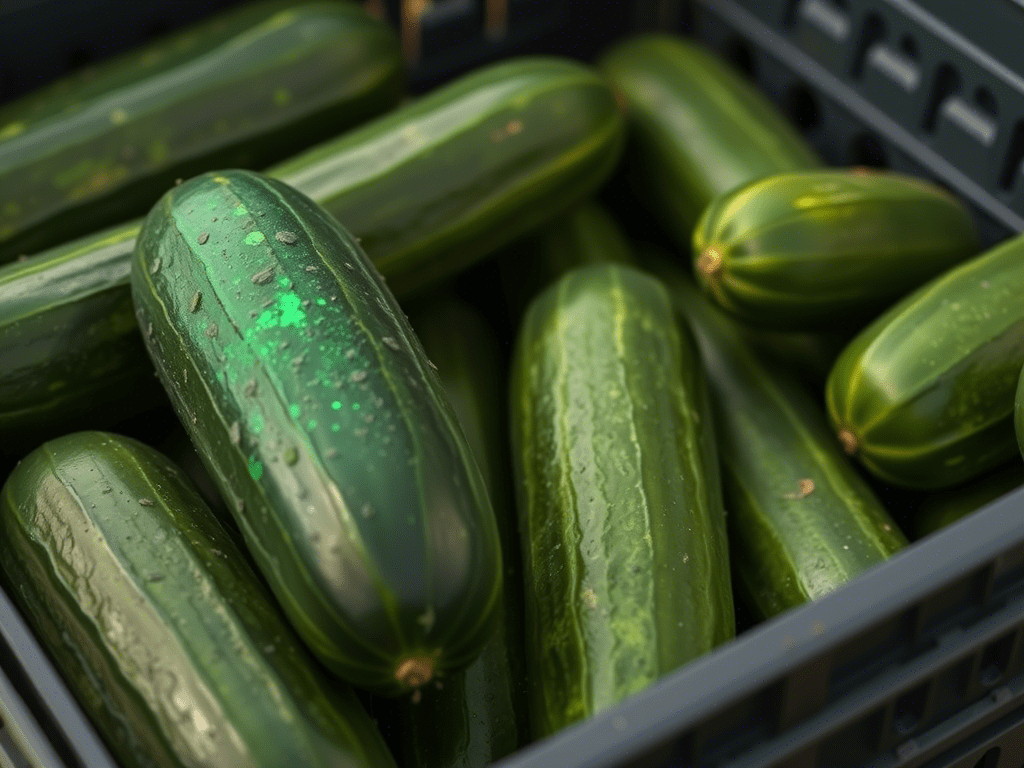
Identifying recalled cucumbers can be tricky, especially when they’re sold loose, without barcodes, or lacking branded packaging. In this case, the affected cucumbers are described as dark green, smooth-skinned, and typically between 5 and 9 inches long. They were commonly sold in bulk bins or packed in clear plastic bags with no individual labeling — which makes visual identification harder for most consumers.
The cucumbers in question were distributed between April 29 and May 19, 2025, by Fresh Start Produce Sales, Inc., and grown by Bedner Growers, Inc. Many shipments were sent to stores across the East Coast, Southeast, and parts of the Midwest. If you bought cucumbers during this time, especially from larger supermarket chains, your product might be part of the cucumber recall.
One challenge is that these cucumbers could still be sitting in home refrigerators, restaurant kitchens, or even salad bars. Because of the widespread nature of the distribution, it’s better to err on the side of caution if you’re uncertain about your produce’s origin.
Experts also advise checking for any official signs posted at your local grocery store. In many cases, stores that carried the recalled cucumbers will display recall notices or offer refunds. For up-to-date visuals and details, visit the FDA recall announcement.
What to Do If You Bought Recalled Cucumbers
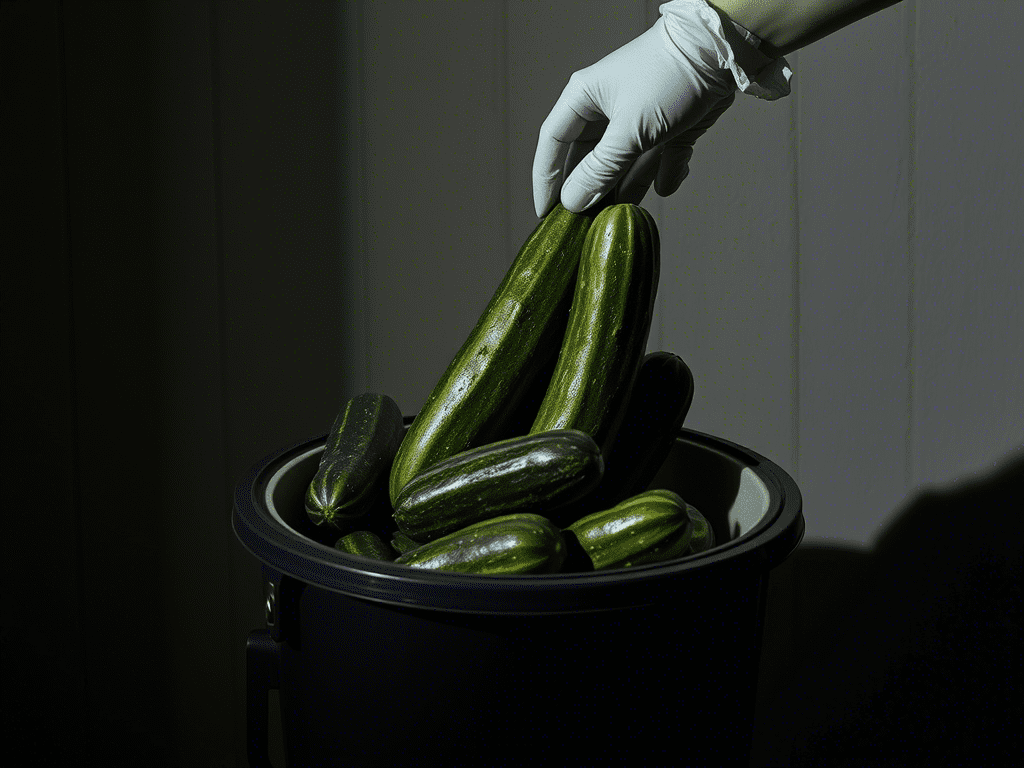
If you believe you’ve purchased recalled cucumbers, the most responsible step is to stop using them immediately. Place them in a sealed bag and dispose of them in the trash — not compost — to prevent any further spread of salmonella bacteria. Don’t attempt to wash or peel them, as the bacteria may have already penetrated the outer surface.
Next, focus on cleaning and sanitizing. Thoroughly scrub any surfaces that may have come into contact with the cucumbers — this includes knives, cutting boards, kitchen counters, sink basins, and refrigerator drawers. Use hot soapy water or a disinfectant approved for food contact areas. It’s a good idea to wipe down nearby produce as well, just in case of cross-contamination.
If you or someone in your household already consumed the cucumbers, be alert to symptoms such as nausea, vomiting, abdominal cramps, fever, or diarrhea. These signs typically appear 6 to 72 hours after exposure. If symptoms are intense or persist longer than a few days, seek medical care — especially for young children, older adults, or those with compromised immune systems.
You can also take proactive steps by reporting any health issues to the FDA through their MedWatch safety reporting portal. This helps strengthen tracking efforts and protect others from similar risk in the ongoing cucumber recall.
How to Stay Safe During Food Recalls
Food recalls — like this recent cucumber recall — serve as a critical reminder that food safety begins at home. One of the easiest and most effective things you can do is sign up for recall alerts from official agencies like the FDA or USDA. These alerts notify you of contaminated products such as recalled cucumbers and provide updates in real time.
Another smart habit is tracking your grocery purchases. Keep receipts, especially for fresh produce, and when available, check for batch numbers or packaging dates. This can help you quickly identify whether your food has been affected in case of a recall. Apps and loyalty card programs from your grocery store may also help you track what you’ve bought.
Practicing strong food hygiene habits is just as important. Wash fresh produce thoroughly under running water, disinfect storage areas regularly, and sanitize utensils used to cut or serve raw vegetables. Even without a confirmed contamination, these habits reduce the risk of foodborne illness — especially when dealing with raw items like cucumbers.
And most importantly, take recalls seriously. Don’t assume that your food is safe just because it looks clean. The cucumber salmonella case has shown that contamination isn’t always visible. A cautious and proactive approach can make all the difference when it comes to protecting yourself and your loved ones.
Tips to Prevent Future Contamination
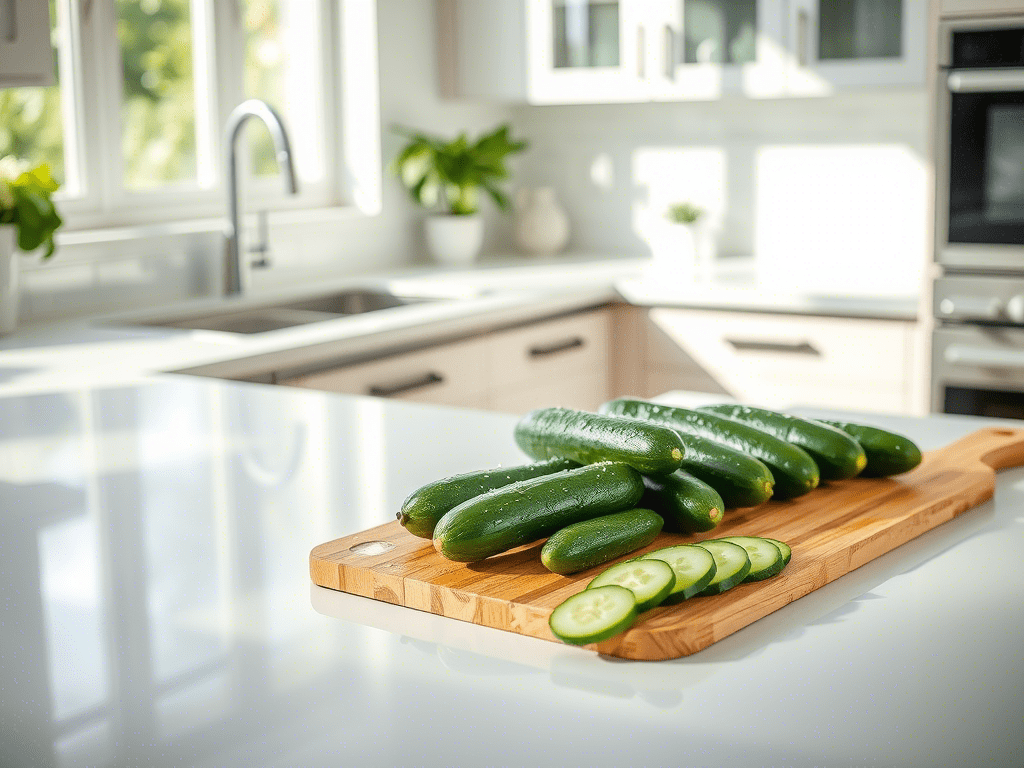
Preventing foodborne illnesses starts long before you hear about a cucumber recall. By adopting a few smart habits, you can reduce your risk of encountering contaminated produce like salmonella cucumbers in the future.
First, always wash fresh fruits and vegetables under cold running water — even if you plan to peel them. Bacteria can cling to the outer skin and transfer during cutting. For items like cucumbers, use a clean brush to gently scrub the surface before slicing.
Second, avoid mixing raw produce with raw meats or seafood in the same prep area. Cross-contamination is one of the leading causes of foodborne illness, and separating cutting boards, knives, and storage areas helps break that chain.
It’s also wise to inspect your produce before purchase. Avoid cucumbers with soft spots, discoloration, or unusual smells. While this doesn’t guarantee they’re free of salmonella, it helps reduce the chances of buying already compromised vegetables.
When storing produce, keep cucumbers refrigerated below 40°F (4°C) and avoid leaving them out at room temperature for extended periods. Label storage containers with the purchase date so you can track freshness and discard older items promptly.
Finally, educate your household about the risks. Share recall news — like this ongoing cucumber recall update — with family and friends to spread awareness. The more informed your circle is, the safer everyone becomes.
Frequently Asked Questions (FAQ)
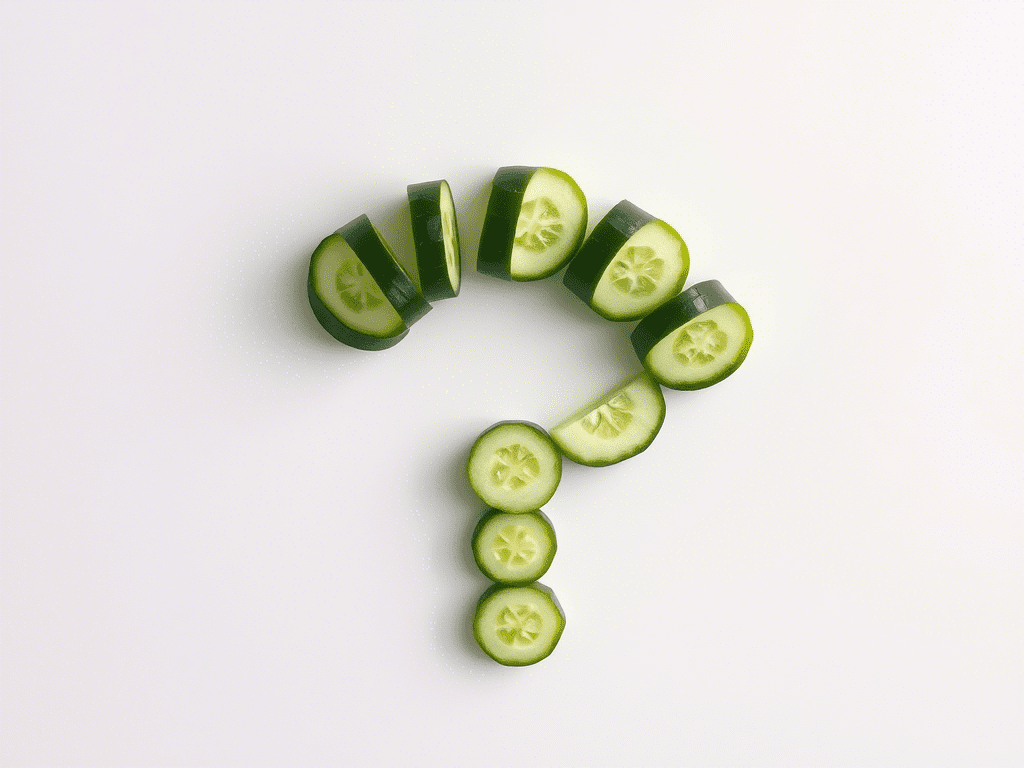
How do I know if my cucumbers are part of the recall?
Check if your cucumbers were purchased between April 29 and May 19, 2025, and match the recall description: dark green, smooth-skinned, 5–9 inches long, often sold in bulk or clear plastic packaging. If in doubt, discard them.
Can washing cucumbers remove salmonella?
While washing may reduce some surface bacteria, it cannot guarantee removal of salmonella cucumbers. If the bacteria is internal or the skin is damaged, washing alone won’t make them safe.
What are the symptoms of salmonella infection?
Typical symptoms include diarrhea, fever, stomach cramps, and nausea. They usually begin within 6 to 72 hours after consuming contaminated food.
Should I be worried if I already ate the cucumbers?
If you’re feeling fine, there’s likely no cause for alarm. However, monitor for symptoms for the next few days. If any appear, especially if severe or prolonged, seek medical advice.
Where can I find updates on the cucumber recall?
The most reliable source is the FDA’s official recall page. It’s updated regularly with the latest info and safety recommendations.
Final Thoughts
The recent cucumber salmonella outbreak is a powerful reminder that even the freshest foods can come with hidden risks. Staying updated on food recalls, like this one involving recalled cucumbers, is more than a precaution — it’s a responsibility we all share.
Whether it’s checking batch numbers, storing produce correctly, or simply knowing the symptoms of contamination, small steps can have a big impact on your safety and peace of mind. A safer kitchen isn’t built overnight, but with the right habits, you’ll be ready for whatever the headlines bring.
Stay alert, stay safe, and trust that smart choices today lead to healthier meals tomorrow.
You Might Also Like
If you’re ready to level up your kitchen habits and stay ahead of the next food safety scare, these GrowVibe articles are worth a read:
- How to Store Leafy Greens for Maximum Freshness
- Best Practices for Washing Fruits and Veggies
- Salmonella Symptoms You Should Never Ignore
Amazon Picks for a Safer Kitchen
Want to take extra steps to avoid another cucumber recall situation? These Amazon tools can help:
- Produce Wash Spray – remove contaminants from cucumbers and other produce.
- Color-Coded Cutting Boards – keep veggies and meat safely separated.
- Fridge Thermometer – ensure cucumbers are stored at safe temperatures.
thanks for supporting GrowVibe.

